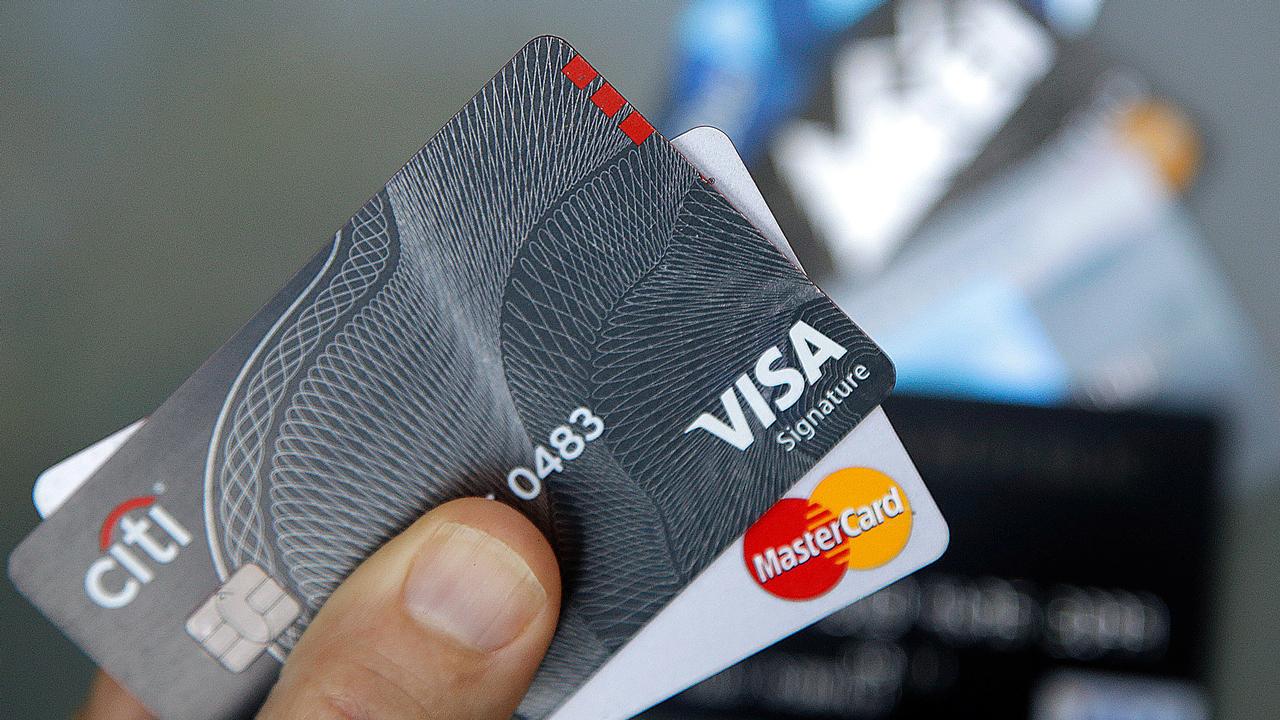Seven things to know about contactless cards
Forget about swiping or dipping your credit or debit card.
After taking hold across the globe, contactless cards are beginning to expand in the United States. A 2018 study from A.T. Kearney indicates that the speed and convenience of contactless payments may steer U.S. consumers from cash to cards.
Ted Rossman, industry expert at CreditCards.com shared seven things consumers need to know about contactless cards.
Do you have a contactless card?
Rossman said only 3 to 5 percent of cards are contactless. Chase, American Express, Capital One, and Wells Fargo are among the companies that have rolled out the technology.
“If you flip the card over, look for a series of arcs,” he said. “It sort of looks like sound waves. That’s the symbol that shows your card is contactless.”
How do you get one?
If your credit or debit card isn’t contactless, Rossman suggested contacting your card issuer. While two of his credit card providers sent him contactless cards on their own, he reached out to two other issuers to send him tap-and-go cards. Rossman also inquired about his American Express Corporate Card but was told that it is currently not available in contactless form.
How do you use it?
If your credit or debit card and the store’s checkout terminal both have the contactless sound wave symbol, you are equipped to make tap-and-go payments. With contactless cards, you don’t need to swipe or dip your card. You just need to hold your card over the reader. The whole process takes a few seconds.
“I know tap-and-go suggests that you are hitting the reader with it,” he said. “You could do that. But really you only need to hold it within an inch or two of the reader.”
Is it more convenient?
Contactless cards communicate with the chip terminal through radio waves or Radio Frequency Identification (RFID). Rossman said the cards use the same technology that Apple Pay, Samsung Pay, Google Pay, and other mobile payment services use.
“The main advantage is that it processes a lot more quickly than dipping a card into a terminal,” he said. “That makes it ideal for public transit, fast food, groceries or really anywhere where you want to get out really quickly.”
How widespread are contactless cards?
Contactless cards have been slow to expand in the United States because of the size and complexity of the U.S. market. Rossman said contactless cards are starting to gain traction in the United States, in part because of the popularity of mobile payments.
“70 percent of U.S. merchant locations now have the right technology to accept contactless cards and mobile payments at the same terminals,” he said. “Issuers are starting to deliver contactless cards to consumers in much wider numbers.”
How secure is the technology?
Rossman said contactless cards, chip cards, and mobile payments all run on a tokenization process, which makes them secure.
“It’s essentially a form of encryption that means if a crook steals your information, it’s akin to stealing a one time or expired password,” he said. “It’s not like the old magnetic stripe cards where believe it or not, that primitive-looking stripe had all of your information there. It had your card number, your address, card expiration date and everything that a bad guy would need to use that card over and over again.”
Is it possible for a thief to come within inches of your wallet and steal information from your contactless card?
“While it’s technically possible in a limited instance, it’s not really something we worry much about,” Rossman said. “Credit cards have zero liability programs. That would also be a very inefficient scam for a crook to run.”
Should you invest in an RFID blocker sleeve or similar product that claims to protect your contactless card against skimming?
“I think that is probably overkill,” he said. “I think between improvements in the technology, the fact that these scams are not widespread and that you wouldn’t be liable as a consumer for any fraud, I don’t think you need to go that far.”
Where can you use contactless cards?
Contactless cards are optimal for speedy transactions in locations such as trains, buses, taxis, gas stations, coffee shops, fast food restaurants, and grocery stores. Target and Costco are among the retailers accepting contactless cards; while Walmart and Kroger still haven’t jumped on the bandwagon.
Last month, Rossman used a contactless card on the New York City subway for the first time.
“In short, I loved being able to speed through the turnstile with a tap,” he said. “Using contactless for transit is a big win for me because I’ve never been able to master the MetroCard swipe. It’s also annoying and potentially time-consuming to reload a MetroCard. Tapping a card or my phone is so much faster and easier.”
CLICK HERE TO GET THE FOX BUSINESS APP
Rossman also recently used a contactless card at the grocery store.
“I touched my card to the payment terminal and the cashier began to shake his head. He started to say, no you - and then his expression changed to shock when the machine dinged and my transaction processed. I’m sure the store employee was about to tell me that I needed to dip my card into the payment terminal. He and the next shopper in line had clearly never seen someone pay by tapping, rather than inserting their card. The shopper behind me exclaimed - whoa, it’s the future!”
Linda Bell joined FOX Business Network (FBN) in 2014 as an assignment editor. She is an award-winning writer of business and financial content. You can follow her on Twitter @lindanbell




















